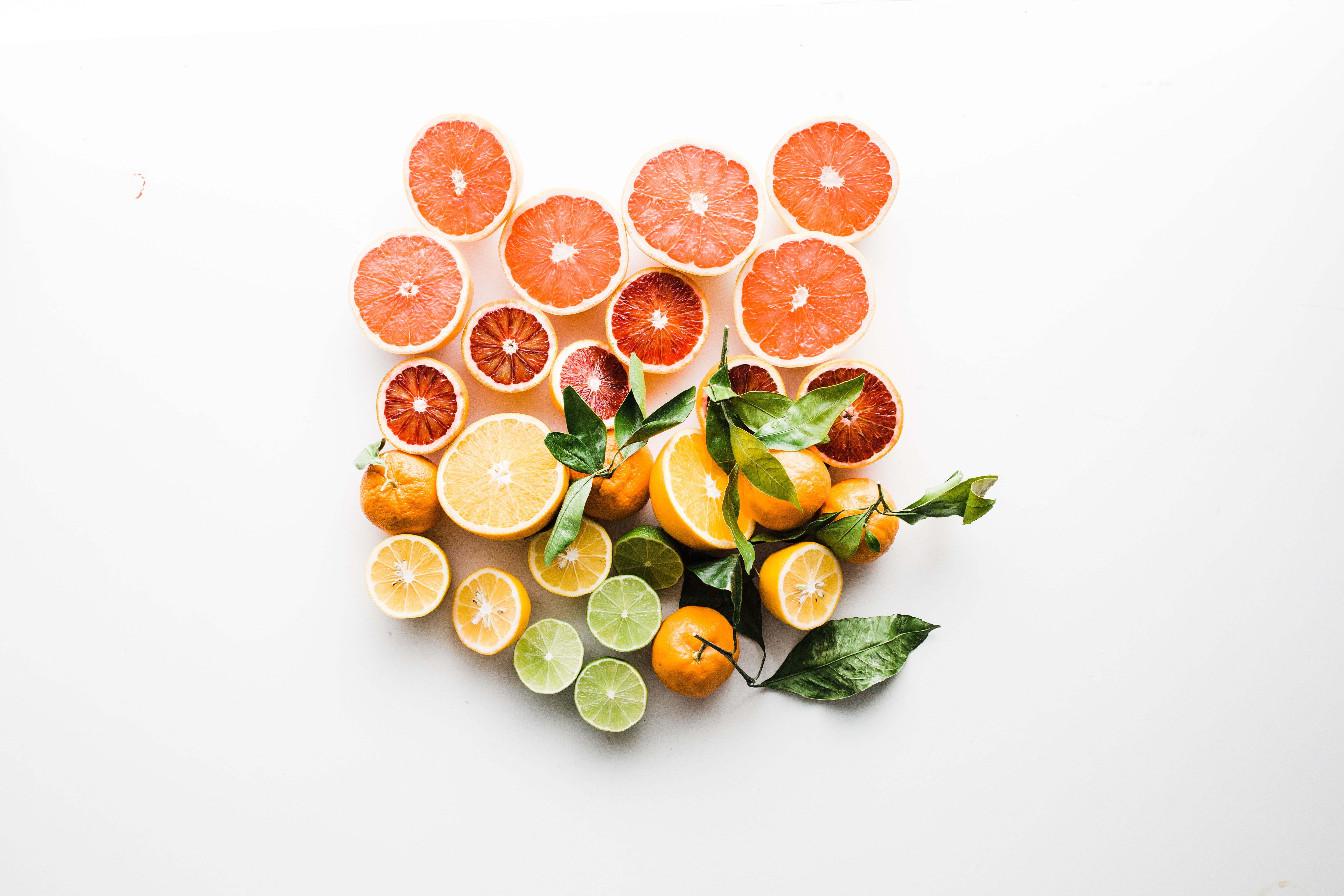Did you know that about 28% of what you throw in the garbage could be composted instead? Yep, you could reduce your total waste by 28% with this simple switch.
If you think that composting is hard, we’re here to tell you it isn’t. The most difficult thing about it is getting started. Once you’ve got your new routine down, you won’t have to give it another thought.
Read on to learn why you should compost and how easy it is to do!

Benefits of Composting
So, other than reducing landfill waste, what are the benefits of composting? We’re so glad you asked.
Composting involves the natural process of organic materials breaking down into rich, nutrient-dense soil. Thus, composting enriches the soil and reduces the need for fertilizers. You can use your compost in your own garden or send it off to a collection center to be used by commercial farmers.
Additionally, by not sending this waste to the landfill, you’re helping to reduce the amount of methane gas that the landfill emits. You’re also reducing your carbon footprint. Props for helping to save the planet!
Composting is easy! While the basics of composting remain the same, there are different methods that allow everyone to compost. It doesn’t matter whether you live in a teeny-tiny apartment or on a farm, there’s a way you can compost. Let’s dig in! (See what we did there.)
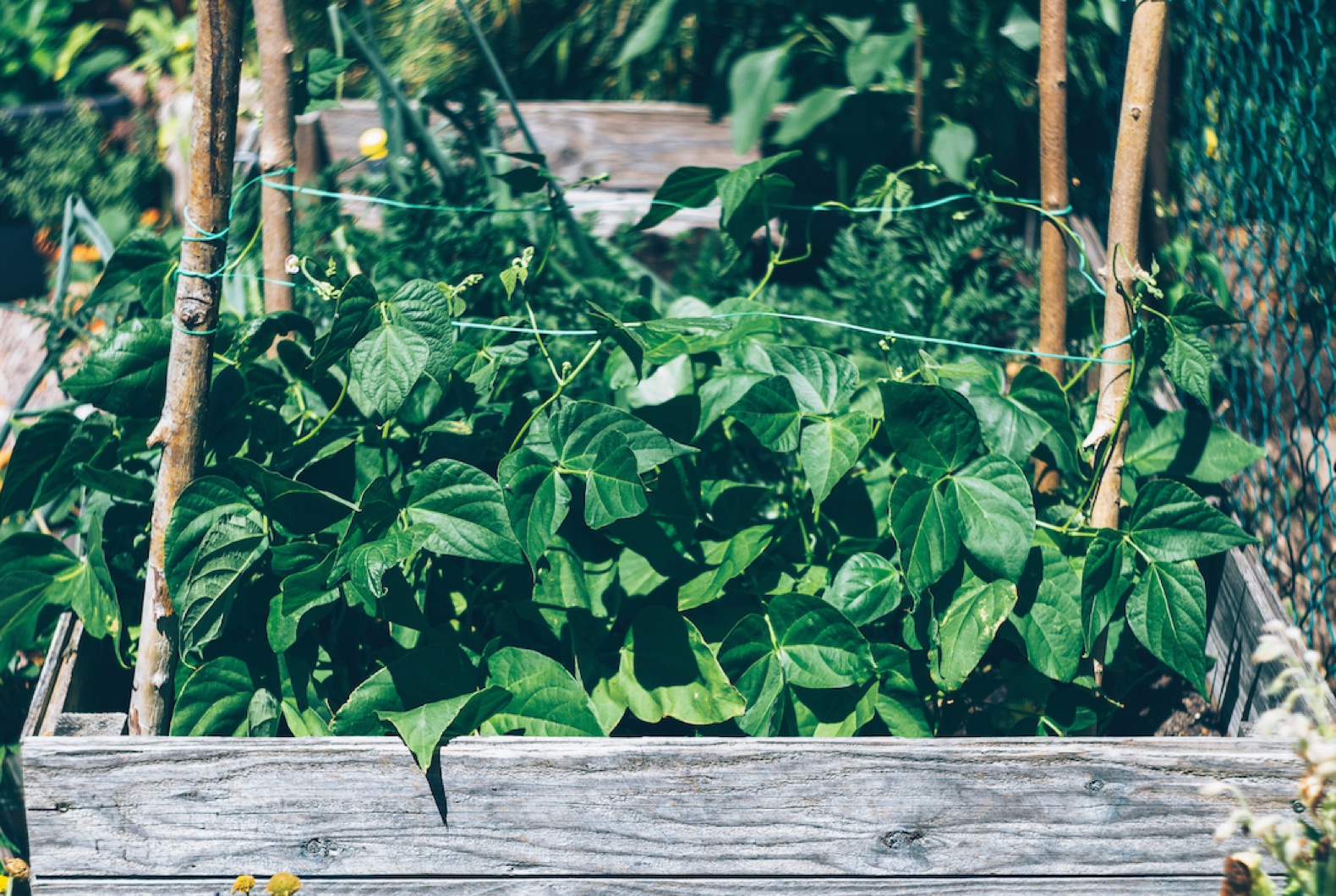
How To Compost, The Basics
You need three components for successful composting — greens, browns, and water. Greens include nitrogen-rich food scraps from fruits and vegetables, coffee grounds, grass clippings, eggshells, etc. Browns include carbon-rich dead leaves, twigs, cardboard, egg cartons, pine needles, etc.
Whether you compost in a pile in your backyard or in a bin indoors, simply alternate layers of greens and browns, stir on occasion, and make sure it doesn’t dry out or become a soggy mess. That’s all there is to it!
The “wet” greens provide the microorganisms necessary to break down the compost. The “dry” browns allow for airflow and drainage. Without enough browns, you can end up with a soggy, stinky pile. Without enough greens, nothing much will happen.
What’s the correct ratio of browns to greens? You’ll hear anywhere from four, three, or two parts browns to one part greens. It will depend on how you set up your pile, the humidity of the area, etc. Just make sure you have more browns than greens. Start with a brown layer and end with one to discourage flies and stink.
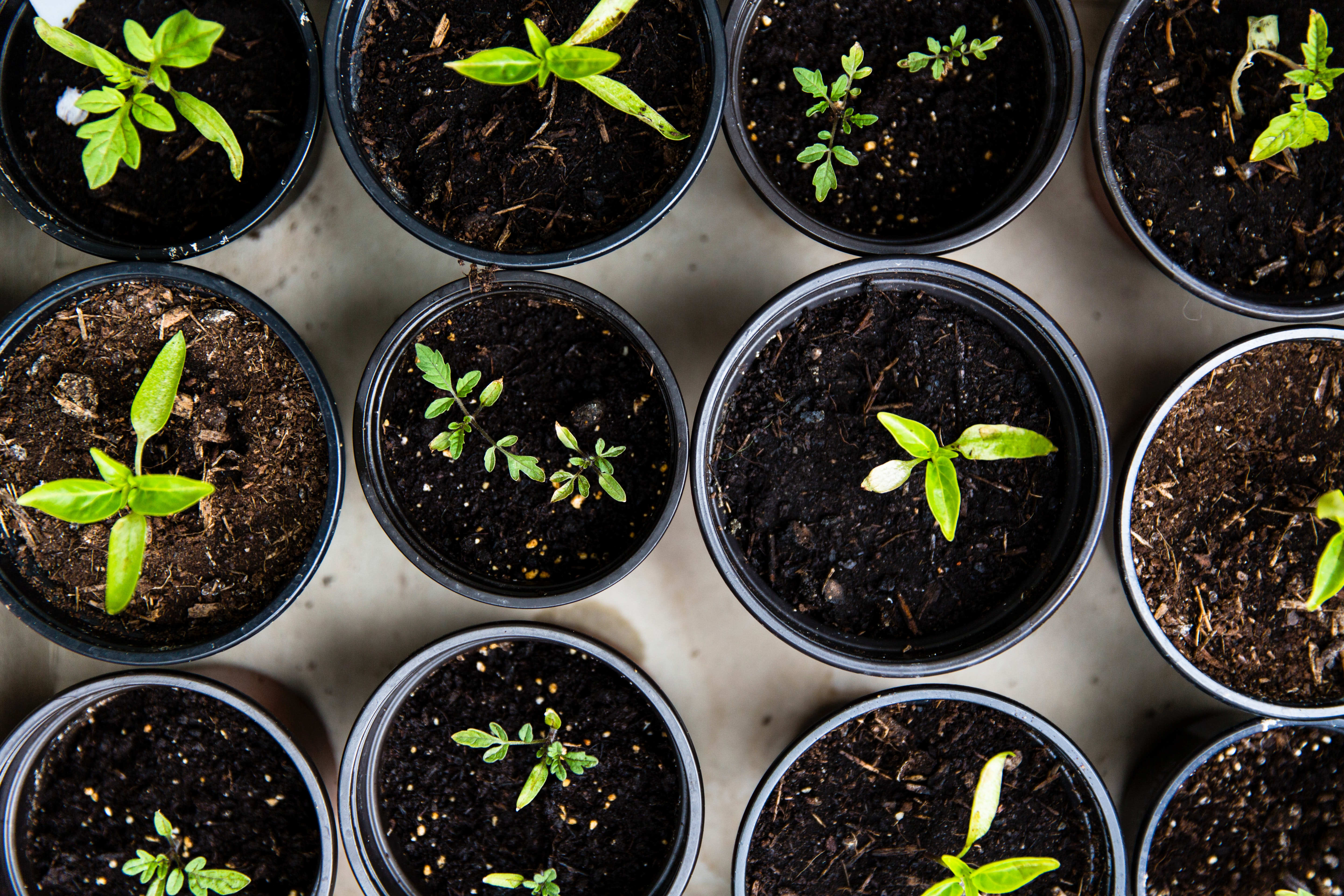
Composting Outside
A cheap way to compost is simply to pile it on the ground and cover it with a tarp so it doesn’t get too wet. You can also get a pen or a bin to keep it contained.
Layer your browns and your greens as we talked about. Once a week you want to go out and stir it up with a pitchfork or shovel and make sure it stays moist.
In a hot, humid climate, it should only take a couple of months to enjoy rich, fresh compost. In a colder climate, it can take as long as six months.
Composting Indoors
You can also set up your bin indoors. If you choose the correct items to compost, it shouldn’t smell bad or attract pests (more on that in a minute).
If there is a collection point in your area, you can also save your scraps in a small container in the fridge or freezer and drop them off at the collection site every once in a while.
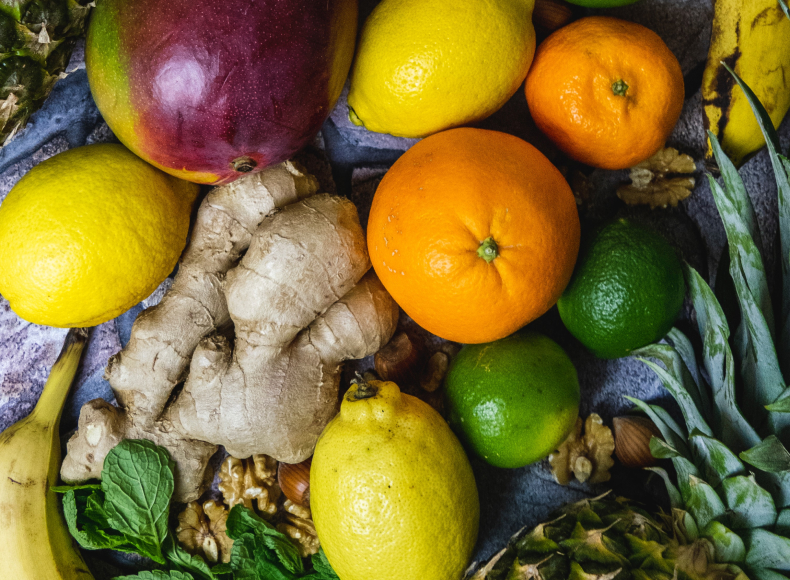
What to Compost
So what can you compost? A surprising number of things!
Compostable greens include:
- Fruit and vegetable waste
- Coffee grounds
- Eggshells
- Flowers
- Fresh leaves
- Fresh grass
Compostable browns include:
- Newspapers
- Egg cartons
- Dried leaves
- Cotton rags
- Wood chips and sawdust (from non-treated wood)
- Dry grass
- Ashes from the fireplace
- Hair and dryer lint
What Not to Compost
You don’t want a disgusting pile of garbage either in your backyard or in your house. Throw the wrong things in your compost pile and that’s exactly what you’ll get. To avoid this, don’t add these types of waste to your compost pile: Meat and bones Dairy Oil Grease Dog or cat feces (you can compost herbivore feces) “Compostable” bags or wipes (these are designed to break down in a hot industrial composting facility and typically won’t break down in a home bin) Before you toss anything in your compost pile, ask yourself this. If I were a rodent or an insect, would I want to eat this? That might be a difficult roleplay, but if you’re ever uncertain you can always ask the Internet.

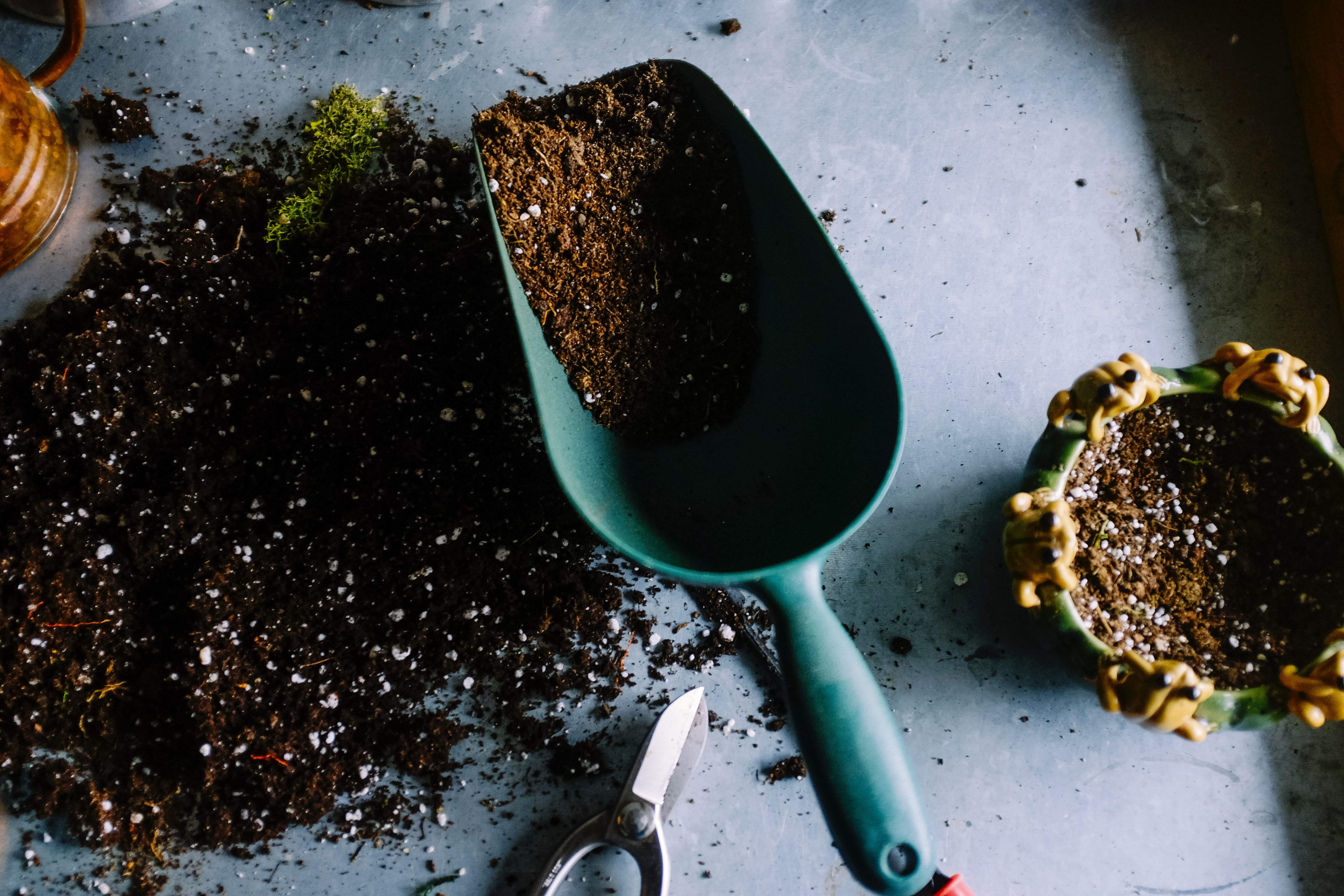
Tips for the Perfect Compost
Now you’ve got the composting basics. Here are a few tips to help speed up the production of your compost and ensure you get rich soil without the stink.
- Keep your compost pile moist, but not dripping wet.
- Aerate your compost, mixing it once a week or so is sufficient. You can also get compost bins with a built-in tumbler.
- Use a mix of ingredients. Too much of one type of ingredient will slow down compost production.
- A bigger pile generally turns to compost faster. However, don’t overdo it, a 3-foot square pile is about as big as you want to go.
- Warm compost is good compost. In a sheltered environment or outdoors during the summer your compost should warm up to around 120-130 degrees F. The warmer it is, the faster it turns to rich nutrition.
- Store your greens and browns separately until you accumulate enough of each material to alternate successfully.
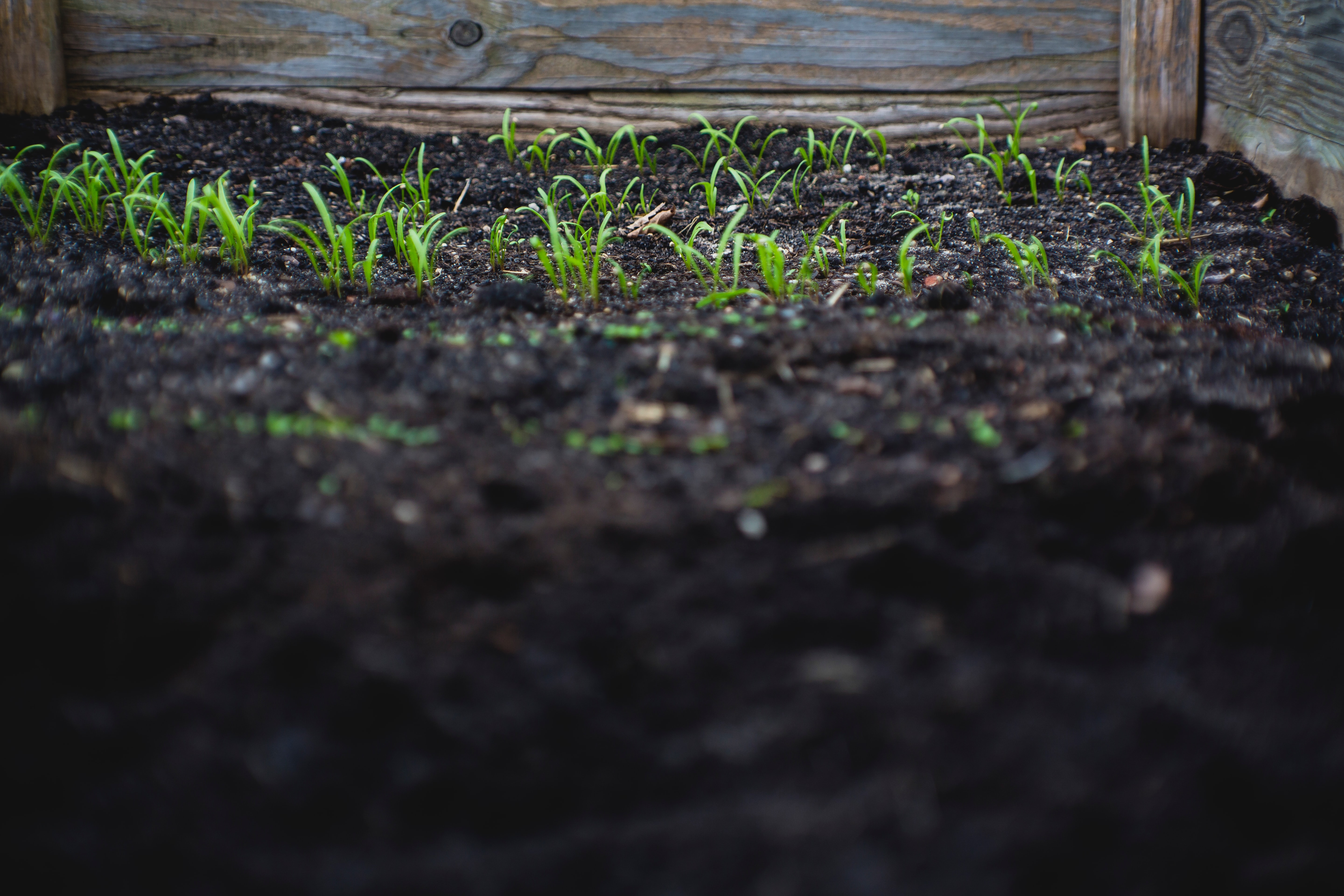
Enjoy Your Compost!
Once your compost has turned to rich, black soil there are a couple of things you can do with it. Try using it in your garden as a nutrient-rich, natural fertilizer for your plants. If you don’t have a garden, you can donate it to your neighbors or a nearby farm.
We hope this information has shown you how easy it is to compost. Have we inspired you to give it a try? Let us know how it goes in the comments!











